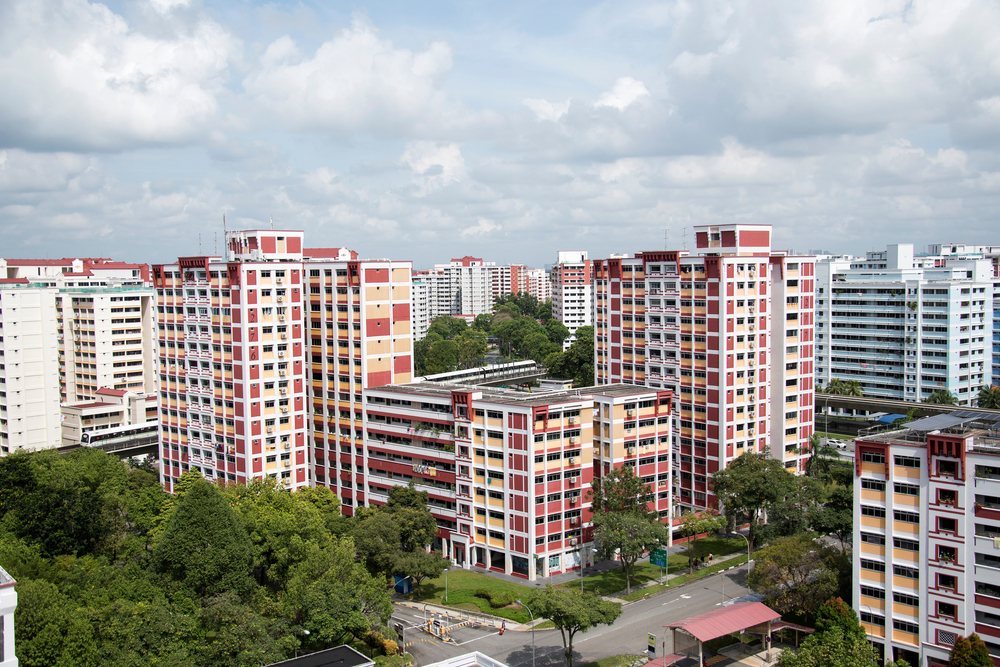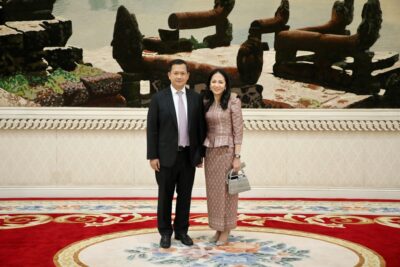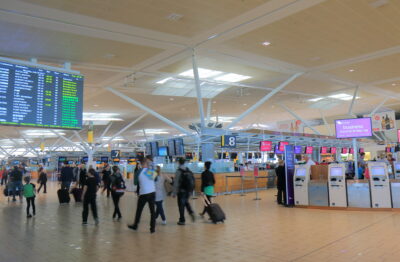Co-living spaces become preferred alternatives to private housing in Singapore
Currently, co-living operators are able to provide better rates because they are more fixed and cost pressures are evenly spread

Occupancy rates in Singapore are above 95 percent because there is an influx of demand for co-living spaces, according to CNA. The demand is driven by locals seeking temporary accommodation while waiting for their new homes to be completed and foreigners returning to the Lion City for work.
Heartland districts have seen record-breaking increases in rental costs of Housing and Development Board (HDB) flats. For private housing, some have expressed dissatisfaction about rental costs that have gone up as much as 70 percent.
“This is a trend that we don’t see (just) for co-living, it’s actually across the industry. So we actually did increase the rates to be aligned with the market,” said Genevieve Khua, area manager of Lyf. Rent will increase by 20 to 25 percent, according to the co-living provider.
Currently, co-living operators are able to provide better rates because they are more fixed and cost pressures are evenly spread. Moreover, these have company policies on room rates, whereas landlords each have their own expectations and requirements.
Meanwhile, JLL reports that hotels are gradually being turned into co-living spaces and are geared towards those looking for cheaper alternatives residential conversions and high rental growth potential.
More: Singapore’s office & hospitality sectors recover in Q2 2022
The LHN Group in Singapore has invested USD65.5 million over the last three years into its Coliwoo co-living brand. Its latest two Amber Road properties were also converted to co-living units.
Hotels are the preferred alternative for asset conversion, especially in Singapore and Hong Kong, due to lower taxes on the purchase of hospitality assets compared to residential assets, which are subject to higher transaction taxes that reduce investment returns.
Several hotel conversions into co-living buildings, where private rooms are given together with communal common areas, have taken place in both markets.
The Property Report editors wrote this article. For more information, email: [email protected].
Recommended
Why everyone is moving to Selangor and Johor: Malaysia’s real estate comeback
Malaysia’s upturn in fortunes is especially prevalent in secondary destinations such as Selangor and Johor
Penang’s silicon boom: How the US-China tech war is supercharging local real estate
Penang’s booming semiconductor industry has created ripples within the local real estate sector
New leader, new opportunities: How Hun Manet is shaking up Cambodia’s real estate game
Hun Manet is overseeing decent economic growth and widening access to the country’s real estate market for foreigners
Singapore embraces inclusive housing reforms amid resilient demand
The Lion City’s regulatory strength continues to exert appeal for international investors








